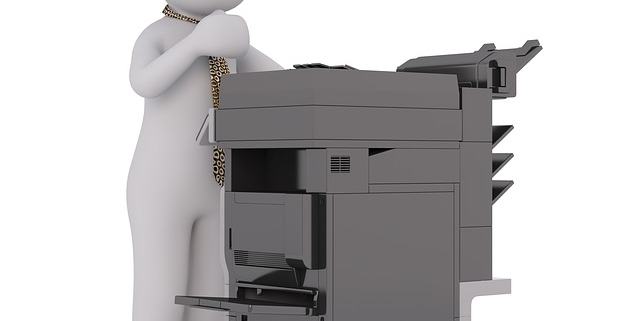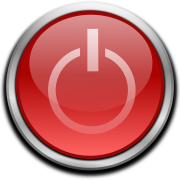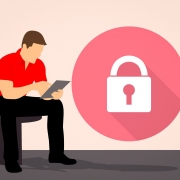How to Clean a Printer and Scanner
By Marco Horn / Jordan Baranowski
One of the best ways to keep printers and scanners working at optimal levels for longer is by giving them regular cleanings. If you notice streaky, blurry, smudged, or otherwise distorted images when printing documents or scanning images, here’s how to clean a printer or scanner yourself before opening up your wallet for a costly fix or replacement.
1. How to Clean a Printer Using a Printer’s Cleaning Process
Even though most printers take care of this themselves, manually running the printer’s cleaning process can work wonders — especially on older models or when there’s high printer usage.
A. From the printer
Check your printer manual to see if it has instructions for running the cleaning process. If you can’t find your manual, but your printer has some sort of display, you may be able to locate the cleaning process directly on your device. Navigate to Settings, Options, Maintenance, or something similar.
B. From Windows
• Access the printer menu on Windows, select Start Menu > Control Panel > View devices and printers.
• Alternatively, search for “control panel” using Windows search, then select Control Panel.
• Right-click the printer you want to access, then select either Preferences or Properties.
Some of these options may be printer specific. Please refer to your specific printer instructions for how to trigger the cleaning functions on your model. Most printer’s user guides can be found by searching your printer model on Google if you don’t have a physical copy.
Select either Hardware or Maintenance, and there should be several options available for cleaning your printer.
C. Find printer settings on a mac
1. Click the Apple Menu > System Preferences > Printers & Scanners.
2. Choose the specific printer you’re working with.
3. Click Options & Supplies > Utility > Open Printer Utility > Cleaning.
2. How to Clean a Printer Yourself
If the self-cleaning option is not fixing your problem, you’ll need to take matters into your own hands. Arm yourself with some isopropyl alcohol, a small brush or cotton swab, and a cloth. Then follow these steps:
- Open the panel so you can get to the printer’s ink cartridges. Take the cartridges out, one at a time, and use the alcohol and cotton swab to clean the contact points of each ink cartridge. Set them aside and take care of each of them.
- Before putting the ink cartridges back, remove the print head unit and swab any accumulated gunk on the unit and, if necessary, soak it in a 1-to-1 mixture of isopropyl alcohol and water for a few minutes.
- The print head unit is the large base the ink cartridges sit inside.
- Make sure all components are completely dry before inserting them back into the printer.Do a test print to further clear everything up and make sure the cleaning process was successful. This will be accessed through the same preferences menu where you found the self-cleaning option.
3. How to Clean a Scanner
Cleaning your scanner is fairly self-explanatory, but there are a few things people can miss. For this, you will need a microfiber cloth and some glass cleaner.
You can also use isopropyl alcohol, but it can leave streaks if you use more than a tiny amount.
- Turn off the scanner and unplug the power cord.
- Using a dry microfiber cloth, wipe down both the glass and the underside of the scanner lid.
- If there are still smudges or other residue on the glass, spray a bit of glass cleaner onto the cloth, then wipe it down.
- Don’t use too much or spray directly onto the glass — even a small amount of moisture making its way into your scanner can cause problems.
- Using a dry microfiber cloth, completely wipe away any remaining moisture.
- Avoid using compressed air on your scanner glass. It can trap dust on the edges of the glass, which can then get underneath it and cause even more problems.
 IT Experts are specialists in this field.
IT Experts are specialists in this field.
Contact us for any assistance that you need.
In a matter of minutes we can remotely log into your computer – safely and securely – to assist you with any issues you might experience.
What is remote support? Click here to find out.











